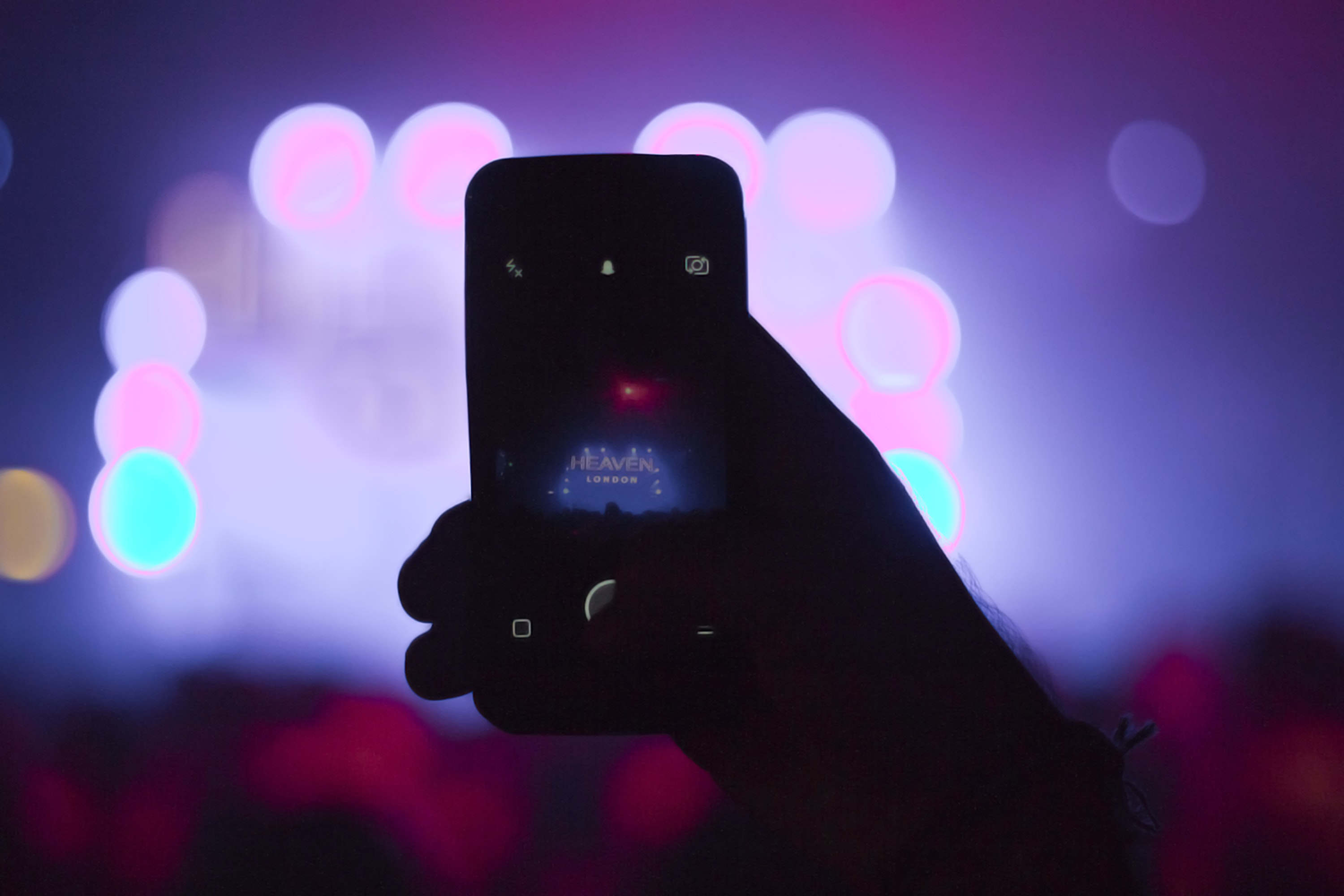Embodiment and Awareness in Telematic Music and Virtual Reality

Introduction
Our perception of what embodiment and awareness means in virtual reality and telematic communication is changing, leading to new ways of interpreting what a space is and how we perceive it. As communication in virtual spaces are advancing, we get more and more used to being in virtual or constructed spaces. But how do these perceptions hold up to literature and papers that came from a period where this wasn’t the norm? Embodied spaces are according to anthropologists «The location where human experience and consciousness takes on material and spatial formx» [1]. Its multimodal, meaning a space can form in many ways. This can be physical, virtual, or static. Awareness is the ability of being conscious of something; to know, feel and be cognizant.
Discussion
In Braasch paper «The Telematic Music System: Affordances for a New Instrument to Shape the Music of Tomorrow» [2], he states that «We often tend to forget the important role of space in various music traditions….The relationship between and artist and the performing space must be interactive and include the awareness that the sound of the space, including cyberspace underlines certain boundary conditions». Braasch means that we must accept the limitations of compositions, performances, and experiences in a telematic or virtual reality. In one way you can’t do more with a system than what it’s designed to do. But Braasch also states that «Computer-generated worlds provide immense opportunities for embodiment». In Rebelo’s «Haptic Sensation and Instrumental Transgression» [3] he talks about the importance of how a space affects you. He states that space is multimodal, and it can’t be linked to any state. In a sense this is what embodiment and awareness is, a constant reference. This is different from virtual reality which can be constructed as a replica of the real world. But how could you embody a state of third or fourth dimension, and replicate states of randomness which is dependent on third party; like how much spit from a vocalist hits the audience? In practice virtual reality is limited to what the end user can simulate, and what the system can provide of data. As of technology today, you can’t receive much more than auditory, visual and a few haptic feedbacks. You are also limited to the relative position you are and can’t move around as much as you want. This limits how effective you can embody replicas of actual events. But innovation is happening, with for example providing olfaction, a sense that can increase presence in virtual environments [4]. This links it to music, and the basis of creation. Spaces are to be used for exploration, creation, and innovation. Braasch claims that due to time and resources needed for telematic performances, it’s unlikely that musicians spend time and resources rehearsing in such a space. This brings us to today where tools for doing such is relatively easily available, and the public is used to using such spaces. In an essay by Naomi P. Bennet «Telematic connections: sensing, feeling, being in space together»[ 5], she explores how telematic connections can enlighten senses witch are lost when communicating in telematic space. She explores how «digital media has traditionally been thought as disembodied» and argues that it can lure out «intense feelings of embodied touch». She concludes that, while not perfect, virtual space has unique advantages for connection across continents, and our concept of space is evolving as we learn how this technology affect our daily lives. Bennet also tries out in practice «virtual touch», linked to Bahn’s (et al.) «Vibrobyte» [6]. Bennet wanted to link intimacy, touch, and connection to telematic communication. The Vibrobyte serves more as haptic feedback for co-located(telematic) performances. Both tries to do the same thing: linking sensation of touch over distances. Bennet’s Virtual Touch tries to make human connection over distances. The Vibrobyte angles it more towards a functional use in timing and contact with another musicians/conductor.
Conclusion
In conclusion, Braasch’s view of embodiment and awareness in technology is a bit outdated. He highlights the adaptation of technology as an issue to commence telematic communication. Of course, he could not have foreseen how technology would change our views of spaces. Embodiment and awareness are multimodal with different meanings for each state of conciseness. But how we traditionally thought physical embodiment was needed, is not as relevant today. We just must wait to see what is physically possible with virtual reality and telematic communication in the future.
References
[1] Setha M. Low (2003). Anthropological Theories of Body, Space, and Culture https://journals-sagepub-com.ezproxy.uio.no/doi/abs/10.1177/1206331202238959
[2] Braash, Jonas, (2009). The Telematic Music System: Affordances for a New Instrument to Shape the Music of Tomorrow. https://www-tandfonline-com.ezproxy.uio.no/doi/full/10.1080/07494460903422404
[3] Pedro Rebelo (2006). Haptic sensation and instrumental transgression https://www-tandfonline-com.ezproxy.uio.no/doi/full/10.1080/07494460600647402
[4] B, Munyan, S. Neer, D. Beidel, F. Jentsch (2016). Olfactory Stimuli Increase Presence in Virtual Environments https://www.ncbi.nlm.nih.gov/pmc/articles/PMC4910977/
[5] Naomi P. Bennet (2020). Telematic connections: sensing, feeling, being in space together https://www-tandfonline-com.ezproxy.uio.no/doi/full/10.1080/14794713.2020.1827531
[6] K. McDonald, D. Kouttron, C. Bahn, J. Braasch, P. Oliveros (2008) The vibrobyte: A Haptic Interface for Co-Located Performance https://asa-scitation-org.ezproxy.uio.no/doi/abs/10.1121/1.4782780
